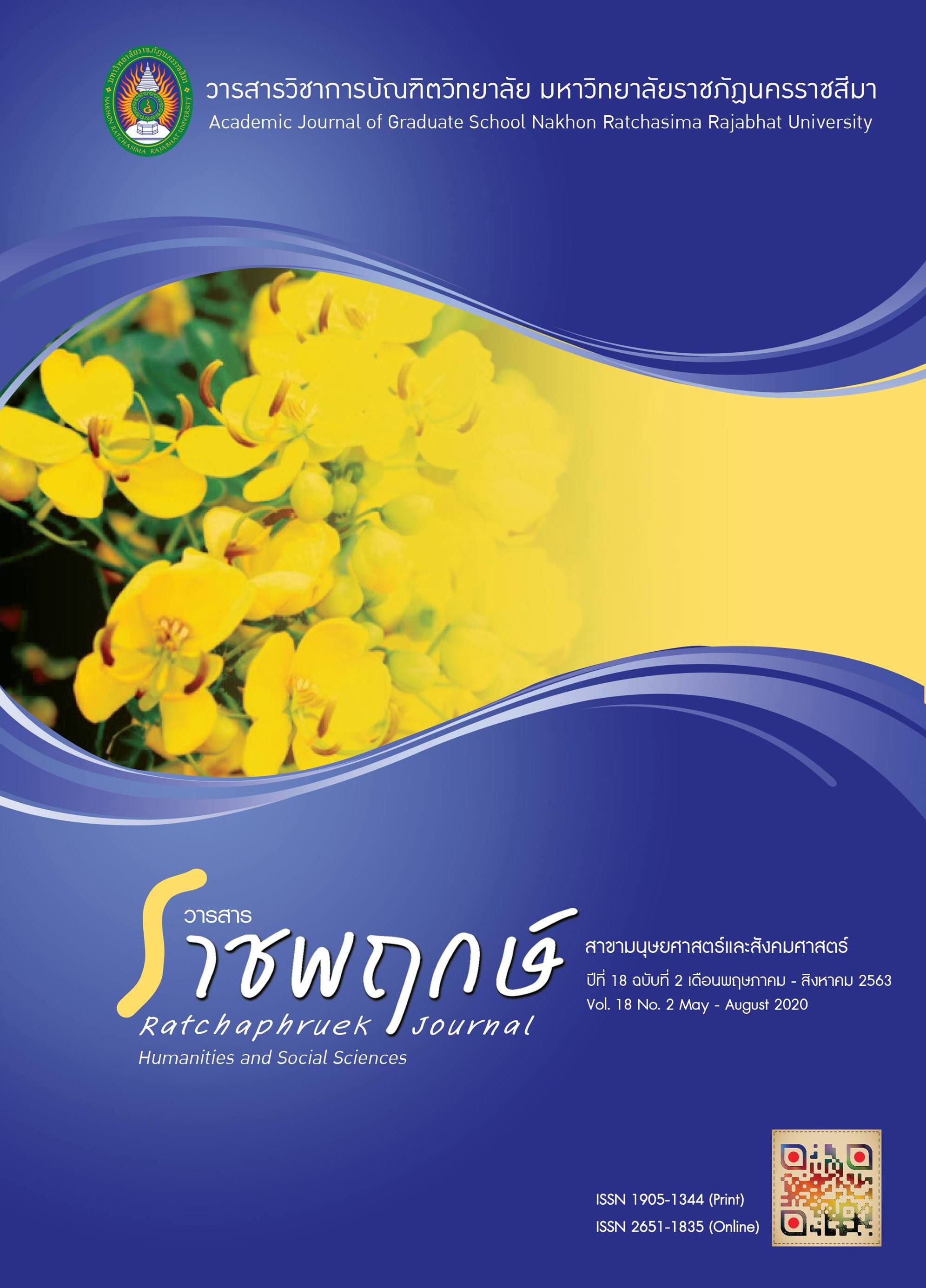The Integrated Learning Management of STEM Education of Schools under Samutprakan Primary Educational Service Area Office 1
Main Article Content
Abstract
The purpose of this quantitative research was to study the learning management based on integration of STEM education as follows: multidisciplinary integration, interdisciplinary integration, and cross-disciplinary integration of schools under the Samutprakan Primary Educational Service Area Office 1 according to the guidelines for using STEM activities for teaching and learning of the Institute for the Promotion of Teaching Science and Technology. The 320 teachers from 72 schools under the office of Samutprakan Primary Educational Service Area Office 1 were drawn to be the sample of this study by randomly sampling from Krejcie & Morgen's Table. After that, simple random sampling was used to choose the sample according to the proportion of the school. The research instrument, a rating scale questionnaire with 5 levels, was used to collect the data which were analyzed by Frequency, Percentage, Mean, and Standard Deviation.
The results were found that: learning management based on integration of STEM education of schools under learning management based on integration of STEM education was overall at a moderate good level. When considering each aspect, it was found that the highest mean was cross - disciplinary integration, followed by the multidisciplinary integration and the interdisciplinary integration while the lowest mean was internal integration.
Article Details
References
รักษพล ธนานุวงศ์. (2556). ทำไมต้องเป็นการเรียนรู้แบบ STEM Education. รายงานสรุปการอบรมเชิงปฏิบัติการ STEM Education. สถาบันส่งเสริมการสอนวิทยาศาสตร์ และเทคโนโลยี. [เว็บบล็อก]. สืบค้นจาก http://secondsci.ipst.ac.th/images/article/2013_2/stem_worksshop_report.pdf
สถาบันส่งเสริมการสอนวิทยาศาสตร์ และเทคโนโลยี (2557). สะเต็มศึกษา STEM Education. พิมพ์ครั้งที่ 1. สถาบันส่งเสริมการสอนวิทยาศาสตร์ และเทคโนโลยี. กรุงเทพฯ: กระทรวงศึกษาธิการ
สถาบันส่งเสริมการสอนวิทยาศาสตร์ และเทคโนโลยี (2557). ความรู้เบื้องต้นสะเต็ม. สถาบันส่งเสริมการสอนวิทยาศาสตร์ และเทคโนโลยี. กรุงเทพฯ: กระทรวงศึกษาธิการ
สถาบันส่งเสริมการสอนวิทยาศาสตร์ และเทคโนโลยี (2557). เอกสารประกอบการเปิดศูนย์สะเต็มศึกษาแห่งชาติ 16 มกราคม 2557. สถาบันส่งเสริมการสอนวิทยาศาสตร์ และเทคโนโลยี. กรุงเทพฯ: กระทรวงศึกษาธิการ
สำนักงานเขตพื้นที่การศึกษาประถมศึกษาสมุทรปราการ เขต 1. ข้อมูลทั่วไปสำนักงานเขตพื้นที่การศึกษาประถมศึกษาสมุทรปราการ เขต 1. [เว็บบล็อก]. สืบค้นจาก http://www.samutprakan1.go.th/index.php/2016-11-06-00-47-39.
สำนักงานเลขาธิการสภาการศึกษา. (2559). รายงานการวิจัยเพื่อจัดทำข้อเสนอนโยบายการส่งเสริมการจัดการศึกษาด้านสะเต็มศึกษาของประเทศไทย. กรุงเทพฯ: สำนักพิมพ์บริษัท พริกหวานกราฟฟิค จำกัด.
Han, S., Capraro, R. and Capraro, M.M. (2014). How Science, Technology, Engineering and Mathematics (STEM) Project-based Learning (PBL) affects High, Middle and Low Achievers Differently: The Impact of Student Factors on Achievement. International Journal of Science and Mathematics Education, 13, 1089-1113.
Robert, A. (2013). STEM is here. Now what? Technology and Engineering Teacher, September,22-27.


